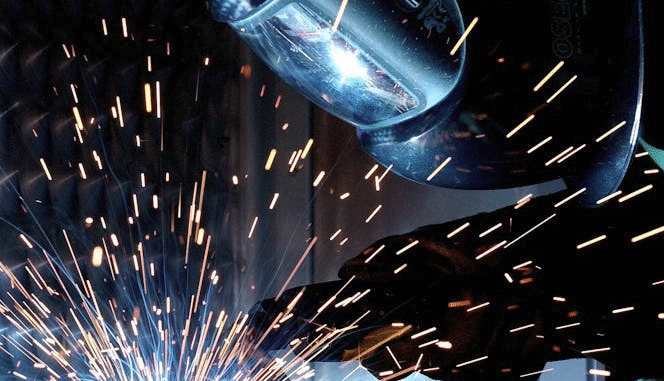
One of the most frustrating aspects of much proposed legislation in New Jersey is the seeming indifference towards the impact and collateral damage to the business community. The latest is A-5009, which aims to reduce the amount of plastic waste in state landfills by making manufacturers responsible for what consumers do with packaging well after it leaves the manufacturing plant.
Of course, there are the obligatory surcharges and fines for running afoul of the law – a must have when drafting legislation that will further burden businesses in New Jersey. Other Extended Producer Responsibility (EPR) programs exist for different products (i.e. batteries, mattresses, carpet, etc.) yet they don’t operate as ways to expand recycling efforts, nor do they remove said products from the economy.
As with many well-meaning initiatives, this bill is purported to help the environment, however, it also sets businesses up to fail with the near impossible task of policing the destination of a product long after it leaves the manufacturing plant.
Therein lies the problem. Both consumers and businesses should work together to solve plastic recycling challenges. The only way this will happen is with full supply chain engagement. It’s like placing blame on Louisville Slugger for an assault with a baseball bat, or a car manufacturer for an accident caused by a reckless driver. Rather than demand personal responsibility, this type of legislation targets the perceived deep pockets of business – all for the transgression of producing a product that has transformed society for the better in so many ways.
The diversity of uses and benefits of plastics to society are undeniable. Everything from vital medical products to auto parts, to food packaging have been revolutionized through the use of plastics. Food can now be kept from spoiling, medical supplies remain sterilized, automobiles lighter and more fuel efficient and just about everything utilizing plastic made cheaper and sturdier than other materials. The question then becomes, if not plastic, then what?
Prior to plastic food packaging, serious illness and even death from spoiled or contaminated foods were common occurrences. Coupled with a lack of adequate refrigeration, and storage facilities, individual packaging in a variety of materials made the food supply unpredictable at best. Even the lead in ceramic glazes could contaminate foods through contact with utensils and acidic foods.
While plastic has so many demonstrable benefits, like just about every product we use it has its negative issues, mainly the waste after its useful function ends. However, even these have been and continue to be addressed. Bioplastics also play a large role in the evolution of plastic packaging. These material types are derived from plant-based sources, reducing the reliance on fossil fuels and reducing pollution when they are composted properly. Composting is another pathway towards waste reduction; however, it will not solve litter issues and shouldn’t be presented as a “fix.” Also, the types of plastic materials that can be recycled is expanding. Things like heavy plastic playground parts, coolers, toys, storage bins, electronics with plastic components – even vapes are now able to be recycled. This list will grow as technology advances to accommodate more varied types of plastics and plastic products.
The development of plastics has benefitted society in countless ways. To try and force its elimination through a “death by a thousand cuts” regiment of overregulation, fines and suffocating restrictions will only end up hurting both businesses and consumers. We have made so much progress in mitigating any negative issues that threaten our environment, it is time to continue those advancements while maintaining products that have improved our lives in countless, positive ways.


